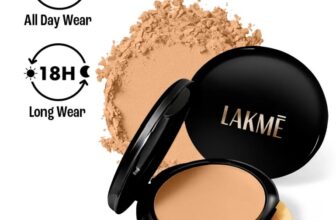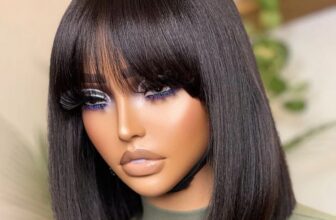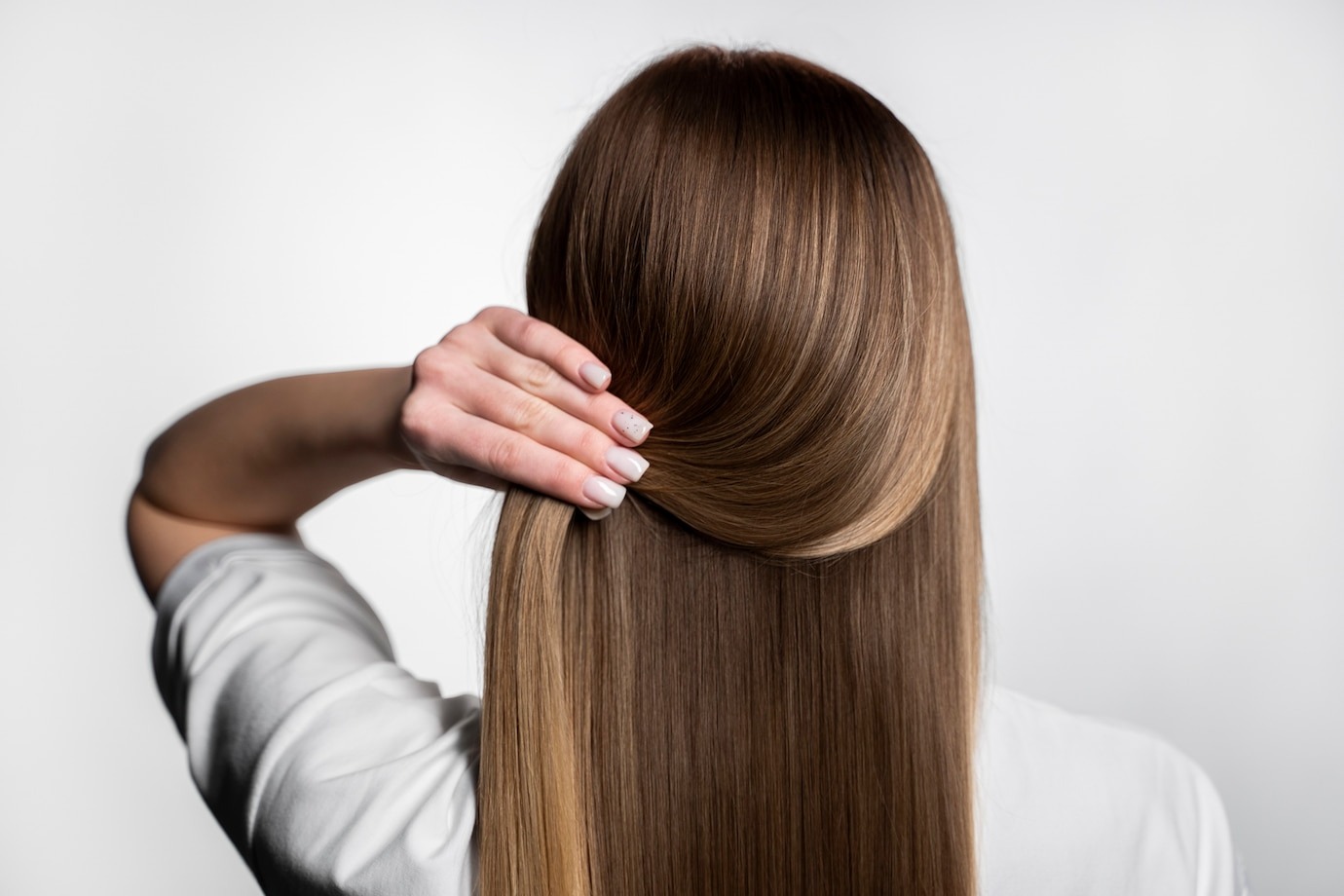
It is important to understand that there are cases when hair extensions can not be installed: sometimes it can only make things worse, so fine curls become more brittle and weakened.
After reading our article, you will learn whether you can make extensions and how to choose a suitable structure of the material, and technique of strand fixation that will not damage your locks.
If you want to make your hair more voluminous, thick, and long, then you should know how to choose the best hair extensions for fine hair.
Table of Contents
Can You Put Hair Extensions in Very Fine Hair?
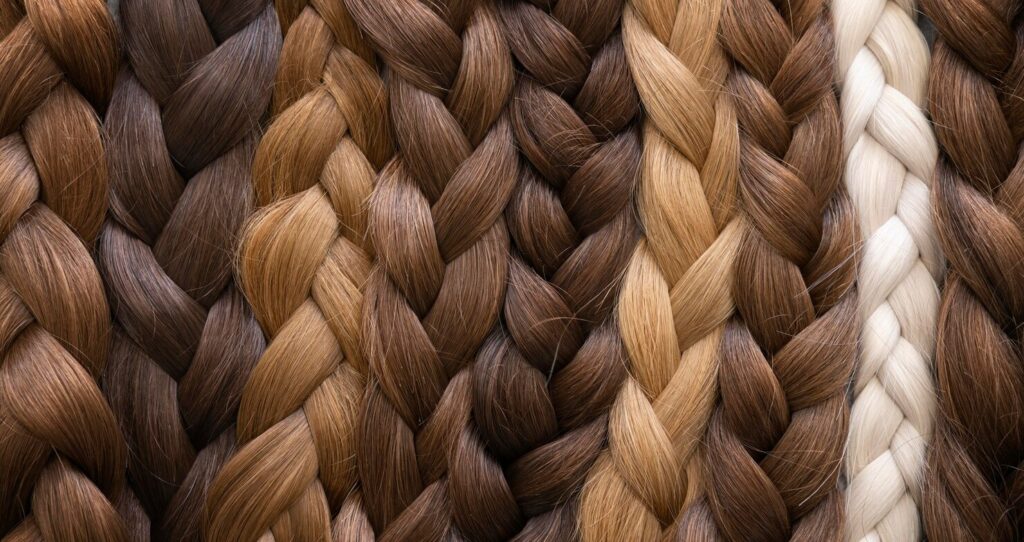
Source: freepik.com
Yes, you can put hair extensions even on fine strands.
However, before you decide on such a beauty procedure, you need to:
Visit a dermatologist and trichologist
The doctor must determine the reason why your hair is thin. These may be genetic features, or the result of some disease (and the prescribed treatment).
Note that you should not make hair extensions if you take some hormonal or systemic drugs, undergo chemotherapy, or get seborrheic dermatitis or psoriasis.
Hair may also be damaged as a result of improperly made hair dyeing or lightening.
The specialist will tell you whether you can make hair extensions; what treatment you need to strengthen your hair, and how soon after the treatment you can think about this beauty treatment again.
The recovery period may be affected by:
- Genetics: Some people have naturally faster hair growth. As a rule, this is typical for owners of thick strands.
- Hair condition: the worse the curls look at the moment, the longer their repair will take.
- Care: a trichologist should prescribe a treatment for you, and your extensionist can recommend specialized care cosmetics: shampoo, conditioner, mask, etc.
After a visit to the trichologist, you need to consult the hair tech
Extensionist should also assess the condition of the hair and decide whether extensions can be installed now.
You need to make sure that your chosen hair tech is trustworthy. To do this, you need to study their portfolio, ask about the techniques they work in, and what bundles they plan to use for your hairstyle.
We will return to these issues later, and now let’s talk about the cases when hair extensions can make things worse.
Do Extensions Make Fine Hair Worse?
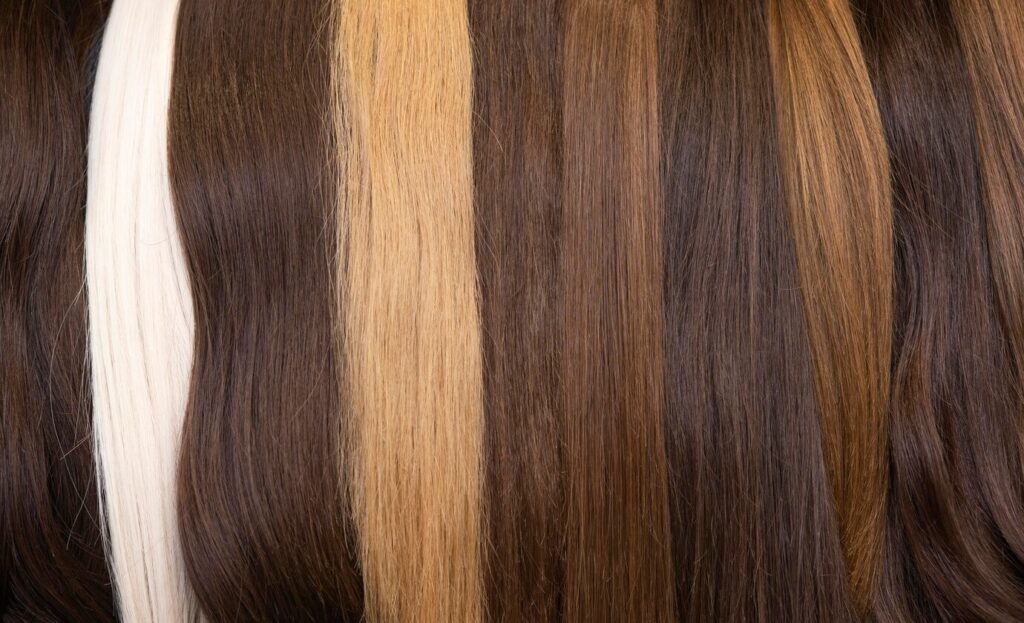
Source: freepik.com
There is no clear answer to this question, and here is why:
- If the hair stylist masters the extension technique that is suitable for fine hair, then your hair will be safe and sound.
- It is also important that the hair tech correctly selects the hair type and weight that is appropriate for you.
If those two paragraphs are respected, everything will be fine.
Even more so: some clients use extensions as one of their hair repair methods.
The fact is that the extended strands serve as a kind of barrier, protecting the natural curls from damage. While you wear such a hairstyle, natural locks have time to rest a little and strengthen.
All this is only true if the hair tech is an experienced professional. Otherwise, the situation may be very different: your hair may become more weak, brittle, and thin.
So, the main reasons, why your hair gets worse after extensions:
- Improperly performed extension technique: bonds, micro rings, wefts, or tapes can be installed too close to the scalp, which increases the risks of traumatization. As a result, it becomes inflamed and the hair roots become weakened.
- Inappropriate extension technique: not all hair extension methods are suitable for fine hair.
- Incorrectly distributed weight can also provoke hair loss.
- Unsuitable structure of the material: first, it will be noticeable in the hair. Secondly, it is likely to be too heavy for soft, weakened curls.
It is not always the hair stylist’s fault if your hair starts to fall out. Hormonal failures can also provoke hair thinning. That is why it is so important to visit the trichologist before making any final decision.
What Type of Hair Extension Is Best for Fine Hair?
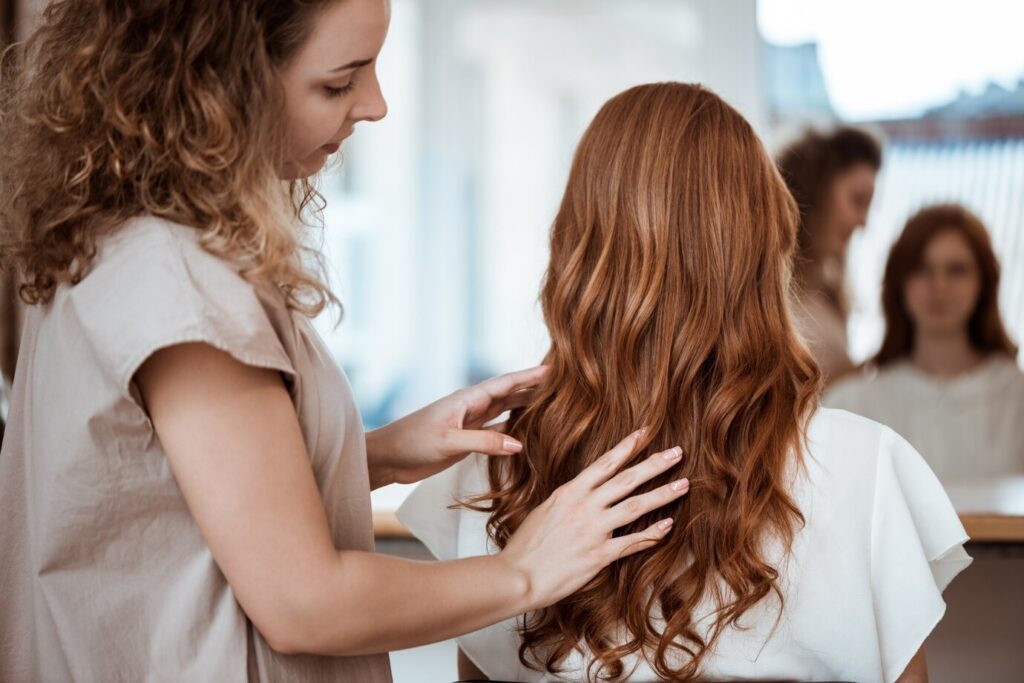
Source: freepik.com
Having decided to make hair extensions for thin hair, it is important to choose the optimal technique and type of raw material.
Let’s start with the worst methods of strand fixation:
- Tape-ins: they are often very noticeable in thin hair. Besides, tapes are more damaging than other hair extension methods.
- Micro rings: These are also very traumatic, as the locks are fixed with metal beads.
And now let’s move on to the best hair extensions for fine hair. They include:
Clip-ins
It is one of the temporary techniques of strand fixation with small clips.
You can order the production of clip-ins following all your wishes on hair type, length, structure, thickness, and number of clips (the standard kit consists of five clips: 3 for the top and back of the head, and another 2 for the temples).
You do not need to wear such a hairstyle permanently: you can install clip-ins for a holiday or any important event and take them off as soon as you return home. This approach effectively eliminates the risk of hair damage.
Micro bonds
It is one of the popular permanent extension techniques where the strands are attached with keratin glue pellets. Keratin is a safe material so you don’t have to worry about fine hair damage, or any irritation or allergies occur.
Choose a hair tech who uses micro bonds: 0.6-0.8 grams of hair per strand. Thanks to their light weight, the locks will not suffer from excessive load, and the extensions will be comfortable to wear and safe for health.
Hand-tied extensions
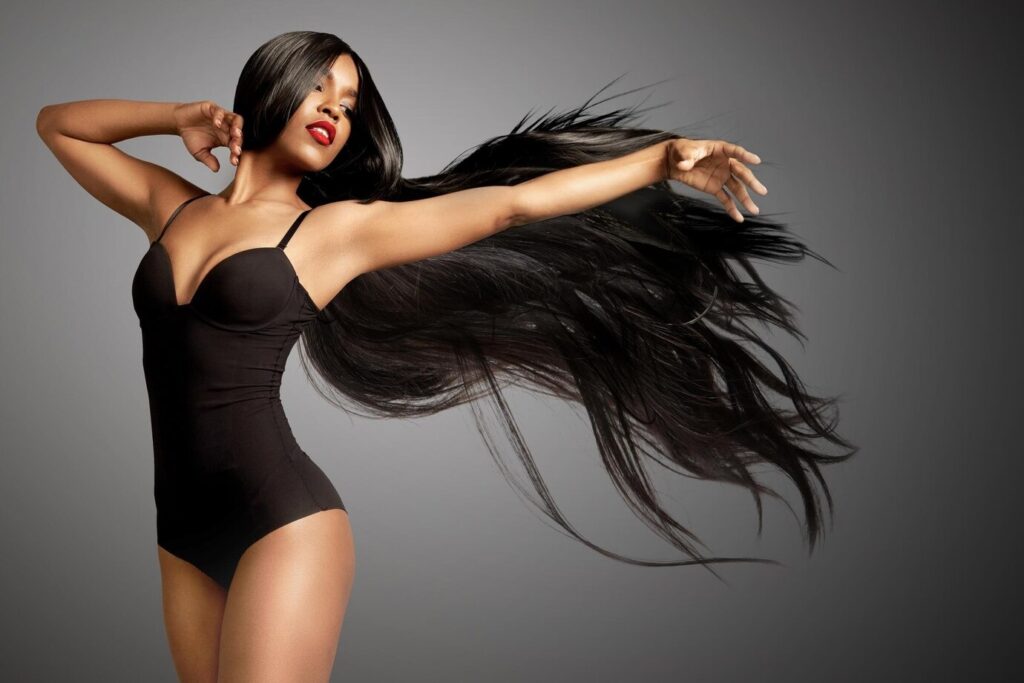
Source: freepik.com
Another popular technique that has proven itself for thin hair. The hair is attached to a thin braid, made around the perimeter of the head.
No high temperatures, glue, or metal beads are needed for fixation – this method does not damage the hair. In addition, hand-tied wefts are manufactured taking into account your requirements of density, length, weight, number of rows, etc.
Thus, you get a weft that will improve your hairstyle without damaging natural hair.
Let’s discuss the material that should be used when working with damaged or thin hair.
We recommend Slavic hair: these are thin, soft, and obedient curls that will perfectly match your natural hair. Due to the light texture, they do not create excessive tension in the root area.
Also, Slavic hair undergoes delicate processing without the use of aggressive chemical reagents that can destroy hair cuticles. Careful disinfection does not affect the initial condition of the material, so you can wear hair extensions for as long as possible!
To find the best hair extensions for fine hair, visit the I Love Slavic Hair online store. They know what perfect hair extensions should look like.
The I Love Slavic Hair consultants will gladly advise you on the right material and safe extension technique, so your curls will remain healthy and become even more beautiful!




